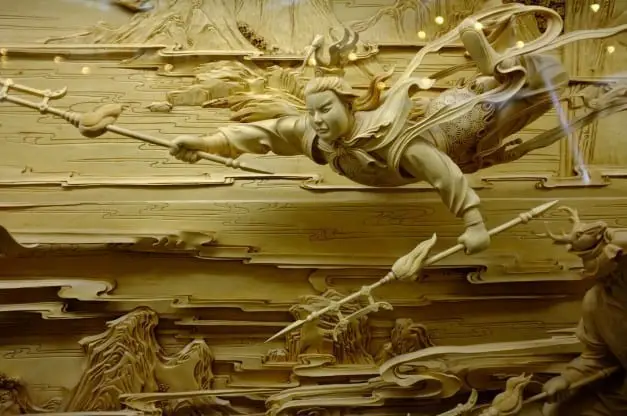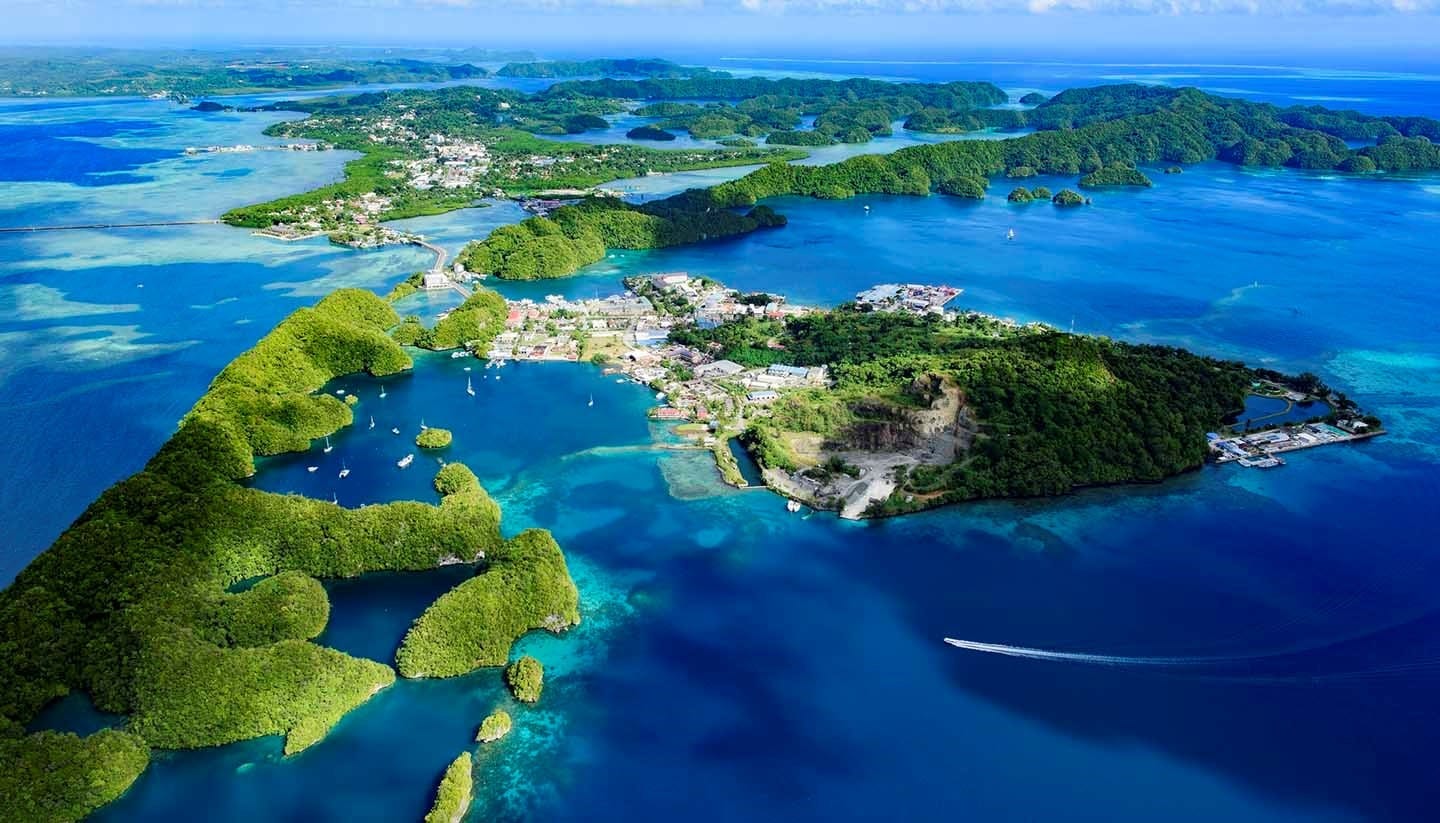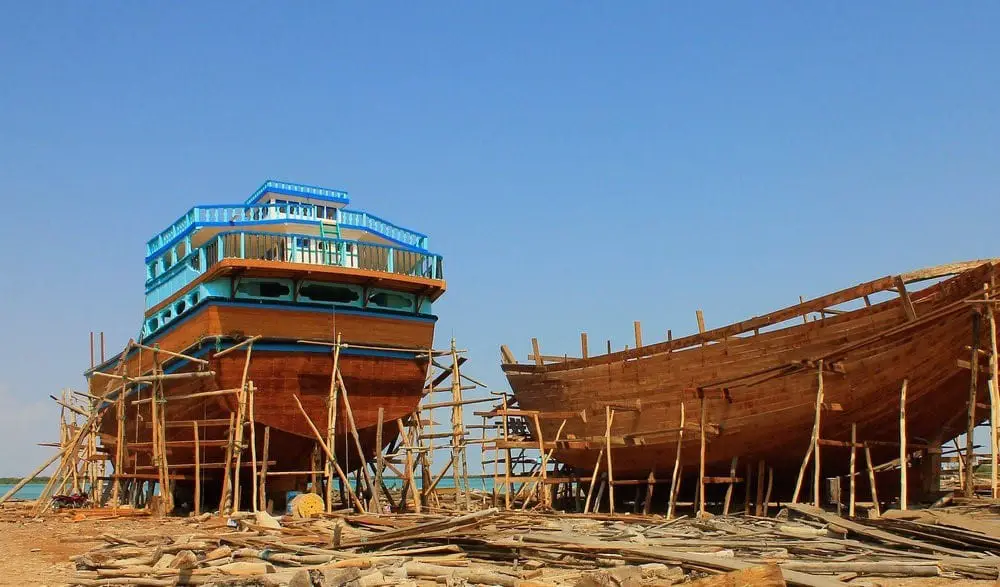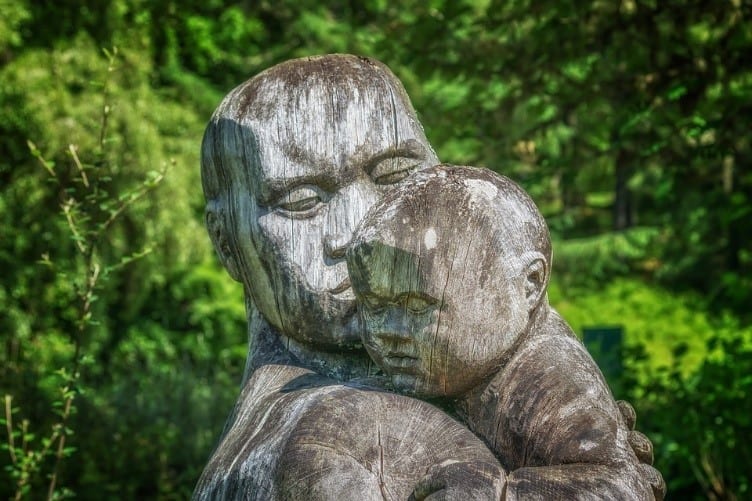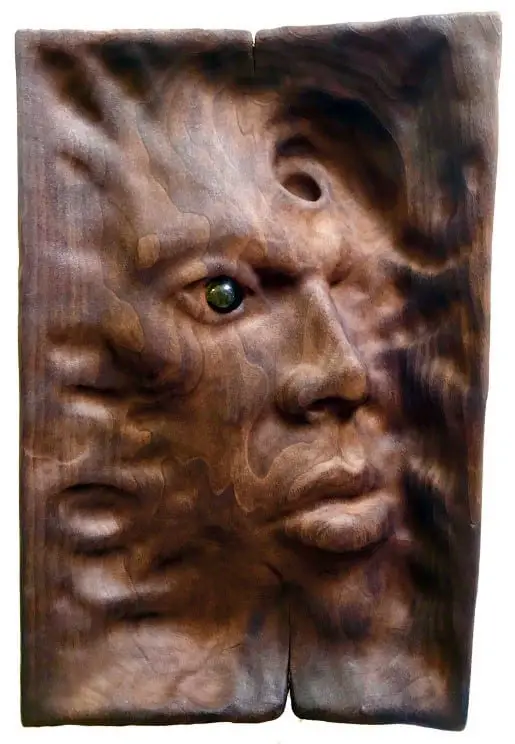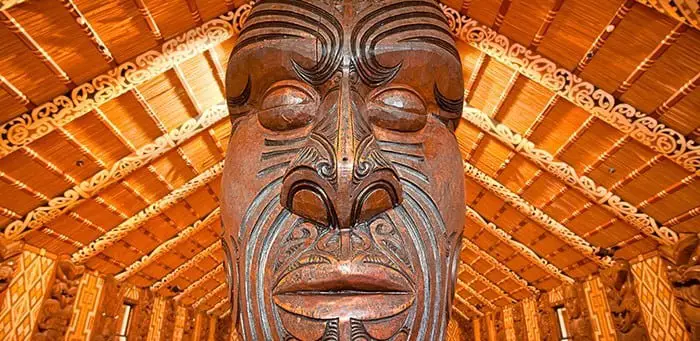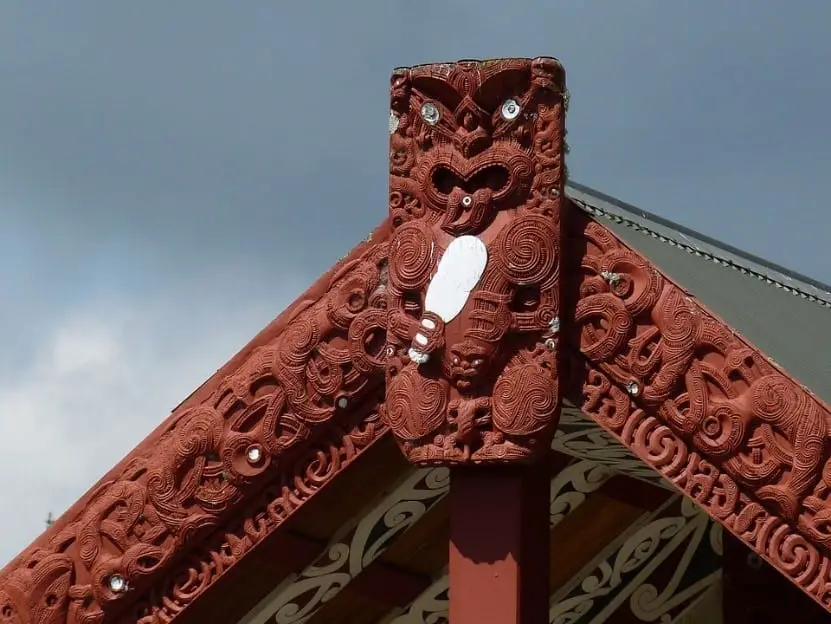
Image Courtesy of pixabay.com
As pinpointed in the elaborate report research paper courtesy of New Zealand Government Ministry of Education – Literacy, language, and numeracy research – “Te piko o te māhuri, tērā te tupu o te rākau” – “The way in which the young sapling is nurtured (bent), determines how the tree will grow.”
The very essence of these words is the soul of the incredible culture of Maori wood carving – a unique art form that has withstood the test of time.
Despite being faced with numerous challenges throughout the course of history, the gifted Maori master woodcarvers have managed to transfer the amazing woodworking knowledge of their ancestors all the way into the modern-day world of the 21st century.
Nowadays, the descendants of Maori wood carving are not only preserving the secrets of the ancient craft but they also keep enriching the cultural heritage of the Maori nation.
Above all, Maori wood carving is not merely about decorating or sculpting a piece of wood.
Instead, Maori carvings tell stories and transmute the magic of the traditions of the Maori people from one generation to another.
Nevertheless, Maori master wood carvers are bound to leave an incredible legacy behind, just like the pouwhenua (carved land posts) are used to mark places of significance in order to acknowledge the sacred connection between the people and the land.
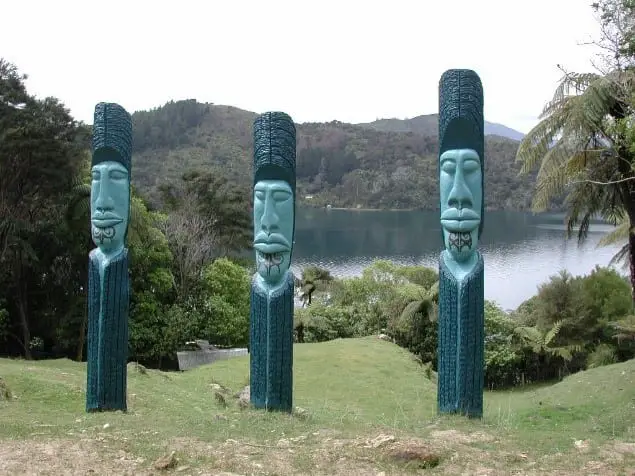
Honoring Pineamine Taipa: The Master of Traditional Maori Wood Carving
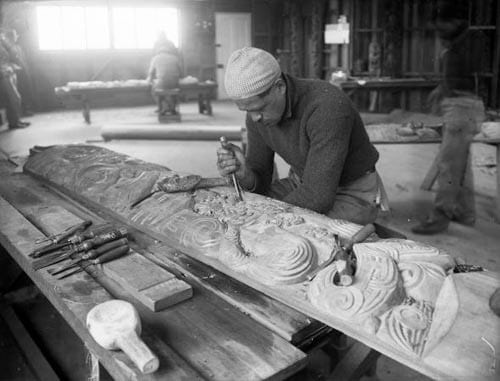
For a start, it is truly important that we pay a tribute to the master wood carvers who have paved the path for the talented descendants of the ancient Maori craft.
Some of the notable masters of Maori carving who worked in the late 19th through the mid- and late 20th century include Eramiha Neke Kapua, Hori Pukehika, Hone Taiapa, Piri Poutapu, Raharuhi Rukupo, Inia Te Wiata, Pine Taiapa, and Tene Waitere.
Pineamine Taiapa, also known as Pine Taiapa, was the fifth child in a family that consisted of fourteen kids. He was born at Tikitiki on 6 June 1901.
Interestingly, Pine Taipa was adopted at birth by his uncle who eagerly wanted a child to whom he could pass his traditional knowledge. Pine Taipa didn’t return to his parents before his uncle’s death.
However, it wasn’t before Pine Taiapa met an old and highly talented carver – Hone Ngatato, that young Taiapa felt the magic of the traditional craft of Maori carving.
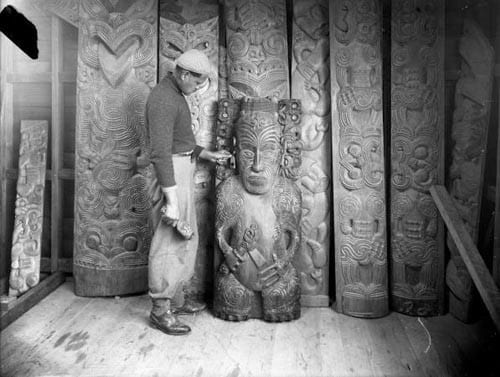
Until then, he wasn’t sure what he wanted to do with his life in terms of professional development.
Hone Ngatato was commissioned to work in the carving of the Maori war memorial church at Tikitiki. Back in those days, etiquette did not allow Pine Taiapa to ask the old carver for tuition straightforwardly.
Instead, Taiapa used to make Ngatoto’s tea and carry and fetch for him. For a good six month, Pine Taiapa only observed the process of carving until finally, an opportunity to hold the chisel came his way.
Initially, he was allowed to work alongside Hone Ngatoto. Gradually, Pine Taiapa was about to become one of the most highly respected masters of Maori wood carving.
Nevertheless, he is also looked upon as a great teacher and motivator who managed to save many aspects of the traditional Maori art from oblivion, thus, paving the path to the descendants of the ancient craft.
Each time Pine Taiapa finished carving a house, he would place one of his chisels behind the intricately decorated wall panels, refusing to separate the life force of the tool from the carving it had created.
Steve Solomon
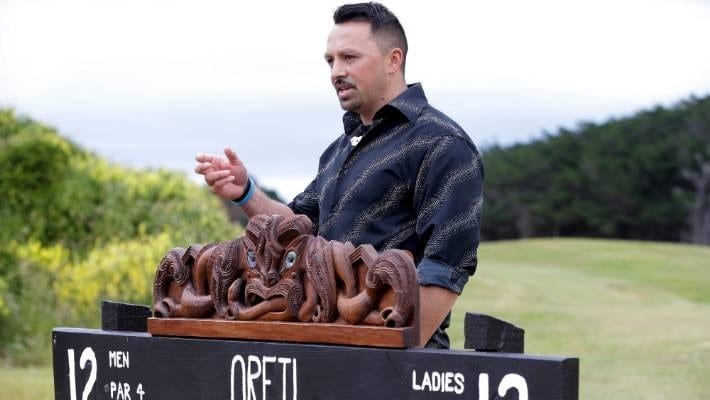
Steve Solomon explaining the meaning of one of his artworks – the Orneti carving – Image Source
An incredible collaboration between The Museum and Art Gallery Niho o te Taniwha, Steve Solomon, and the the Iwi Liaison Komiti gave birth to a one-of-a-kind residency initiative.
The main purpose of the Toi Maori Residency initiative is to nurture the development of contemporary Maori artists.
The amazing initiative also aims to connect the local Maori people with the rich cultural heritage and global significance of the traditional wood carving craft.
Steve Solomon was put in charge of working on the waharoa – the gateway that is planned to become the main entrance into the Southern Institute of Technology on Tay Street.
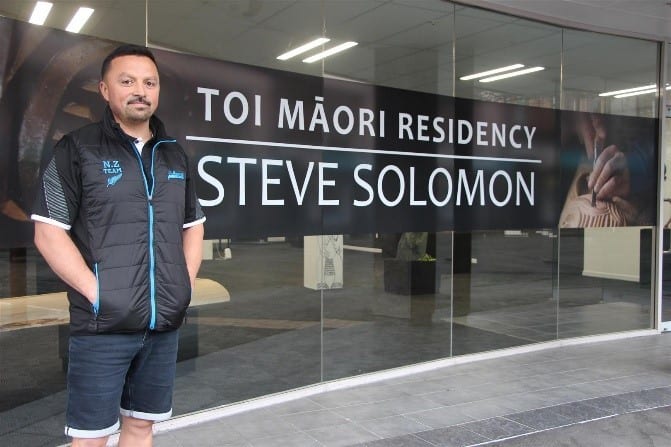
Staying true to the traditions in the design and style of the traditional Maori meeting house, the gateway would serve as a bridge between the craft of the ancient Maori carvers and their descendants who are bound to bring forth the spirit of the new century.
Thus, instead of displaying carvings that depict ancient Maori deities or the genealogy of a particular family or tribe, the gateway is planned to depict local people who are connected to the area.
This way, the initiative is set to support the future master wood carvers through their journey of learning and further upgrading their skills.
Another magnificent artwork that merged the ancient craft of Maori carving with the modern-day spirit through an unusual and global perspective is Steve Solomon’s Oreti carving.
The Oreti carving was part of the Turangawaewae Exhibition at the Southland Museum & Art Gallery.
Video by Museum of New Zealand Te Papa Tongarewa – Toi Art portrait wall timelapse
Source: youtube.com
Joe Kemp
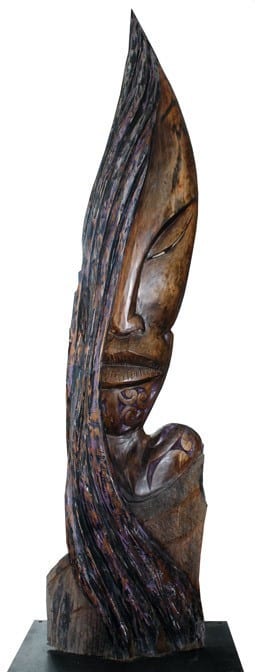
Joe Kemp is a contemporary Maori carver and sculptor who lives and works in Lake Rotama in the Bay of Plenty.
Faithful to his roots, Joe Kemp manages to reflect the spirit of his tribal connections to Ngai Tahu, Ngapuhi and Te Arawa (Ngati Makino) in his artwork.
Amazingly, Joe Kemp is a self-taught artist, proving that the art of carving knows no limits when your talent and passion flow from within.
Beautifully, Joe Kemp finds the greatest pleasure in carving human forms as he believes that doing so connects him to his ancestral history.
He also describes the pleasure of working with native types of timbers as a very special feeling that makes him “sense a connection with Tane Mahuta (the life force of the tree).”
The unique spirit embeds in his carving artworks is most certainly related to the way Joe Kemp strives to bring out the Wairua (the essence) of each piece of wood he works with.
Thus, he always pays a tribute to the specific characteristics of the material such as the place of origin but also grains and the natural curves.
Nevertheless, Joe enjoys carving stone, too, as this way, he can experience the ancient connection with Earth Mother – Papatuanuku.
His masterpieces have turned his backyard into a haven of carving.
Video by Te Karere TVNZ – Māori carver creates backyard haven
Source: youtube.com
Arnold Manaaki Wilson
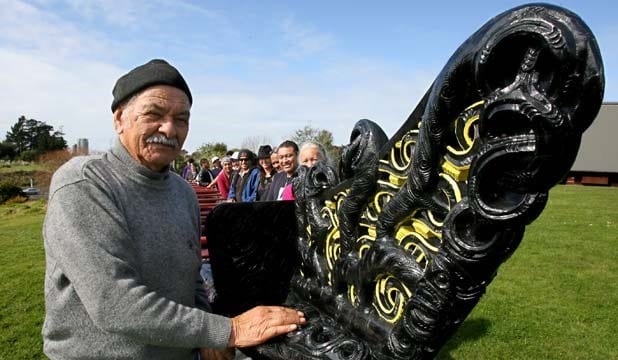
Arnold Manaaki Wilson is the first Maori to gain a diploma in Fine Arts, receiving high honors in sculpture after graduating from the University of Auckland’s Elam School of Fine Arts in 1955.
Interestingly, Arnold Wilson managed to apply his bicultural background to the art of woodworking, staying true to his Scottish and Maori roots.
Turning into one of the most important mentors in a Modernist Māori art movement that was on the rise within New Zealand, Arnold Manaaki Wilson loved to experiment with both traditional, as well as non-traditional materials.
In 2002, Wilson was honored with a special award for his creative accomplishments.
Just several years later, in 2007, Arnold Manaaki Wilson received an Arts Foundation of New Zealand Icon Award.
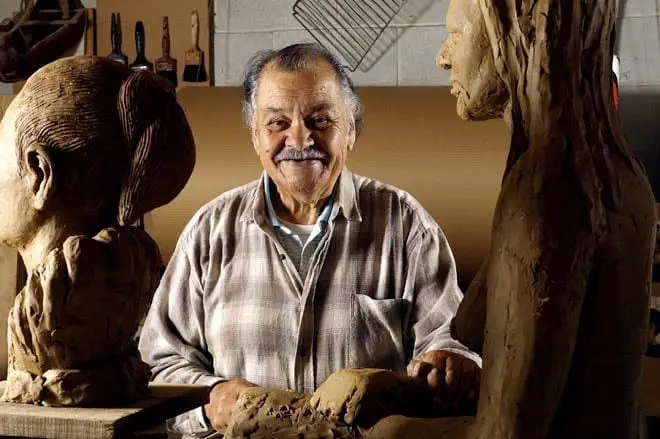
Even after his retirement, Wilson continued to work as an advisor to numerous public art programmes. He also proceeded his mentorship for supporting and educating young urban Maori on their way to discovering the ancient wisdom of traditional Maori arts.
“One must play on the theme that a piece of wood is not dead, but alive, to be exploited.”
Paratene Matchitt
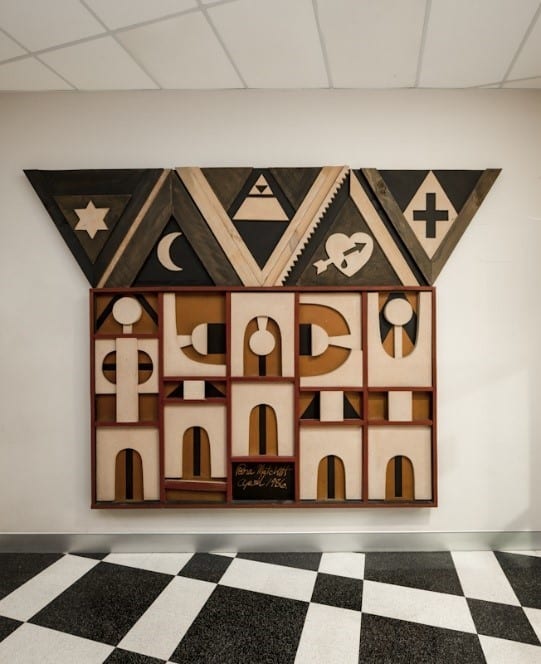
Te Wepu Assemblage by Paratene Matchitt exhibited at the University of Auckland Art Collection – Image Source
Born in Tokomaru bay East Cape in 1933, Paratene Matchitt is a descendant of the Whanau Apanui and Ngati Porou Maori tribes.
It wasn’t before 1957 that Paratene Matchitt became an art and craft adviser for the South Auckland Education Board.
Just several years later, Paratene Matchitt managed to build a solid reputation as one of the most important figures in contemporary Maori arts.
His talent is not solely limited to the ancient craft of traditional Maori carving. Instead, Matchitt was first known for his extremely expressive paintings.
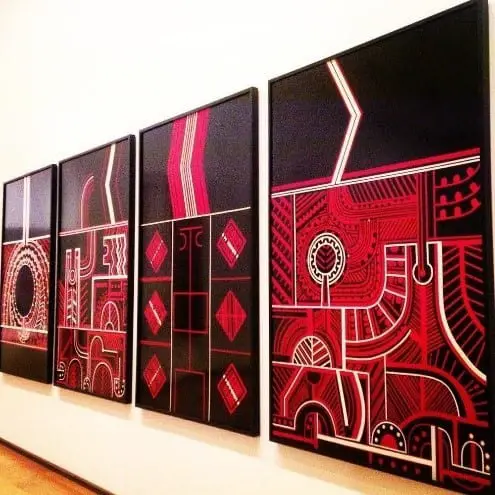
He Ao Hotahi – vivid artwork by Paratene Matchitt – Image Source
Ultimately, he was commissioned to complete various prints, drawings, carvings, as well as sculptures for different institutions.
One of the best mentors and friends of Matchitt with whom he shared a similar understanding over the contemporized interpretations of the traditional Maori arts was none other but Arnold Manaaki Wilson.

Untitled artwork from wood and metal by Paratene Matchitt – Image Source
Video by Museum of New Zealand Te Papa Tongarewa – Interview with Paratene Matchitt
Source: youtube.com
Selwyn Muru
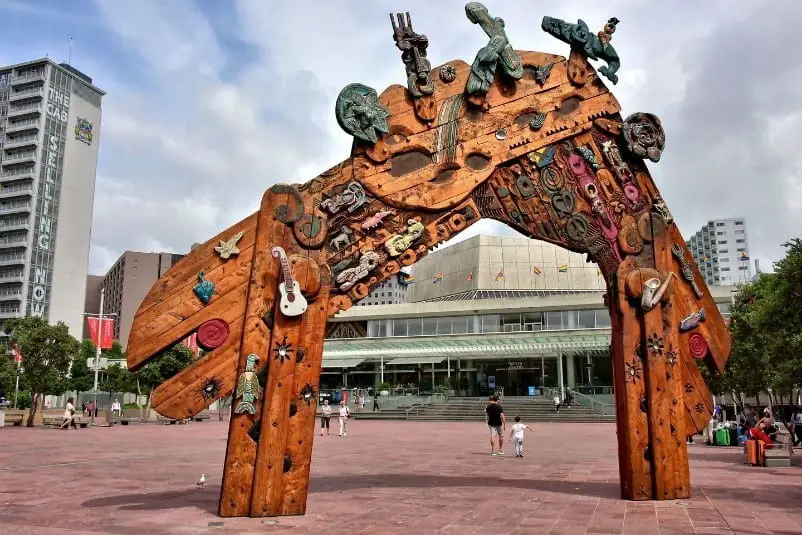
Contemporary Maori artwork – amazing sculpture by Selwyn Muru – Image Source
Selwyn Muru has left an incredible legacy for generations of gifted Maori artists wishing to explore the path of cultural expression through their love for merging the traditional Maori arts and crafts with the spirit of the new century.
Not solely a skillful wood sculptor, but also a painter, author, and broadcasting pioneer, Selwyn Muru has represented New Zealand in numerous exhibitions, and his work has been also featured as a part of major art collections.
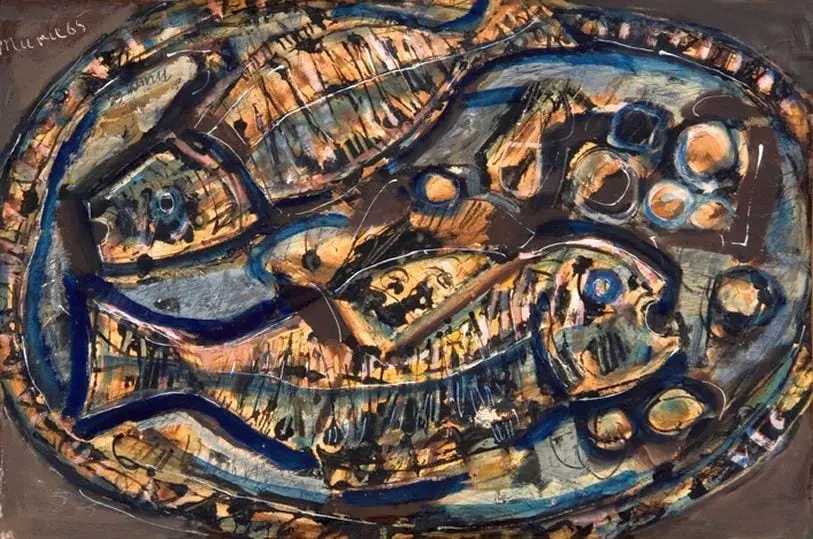
Selwyn Muru is also one of the most passionate advocates for Maori issues, and he has been one of the most respected public speakers.
Muru is also the founder of Te Toi Hou, the Maori art department at Elam School of Fine Arts at the University of Auckland.
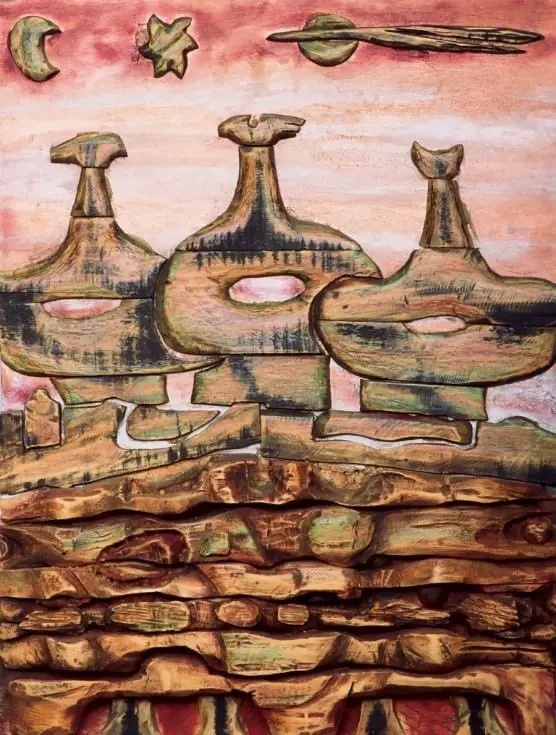
Maquette for sculpture by Selwyn Muru – Image Source
Above all, artists like Selwyn Muru prove that in order to keep the collective memory of a nation alive, one does not need to concentrate solely on the negative side of the issues. Instead, it is art that will save the world.
The Descendants of Maori Wood Carving: The Bottom Line
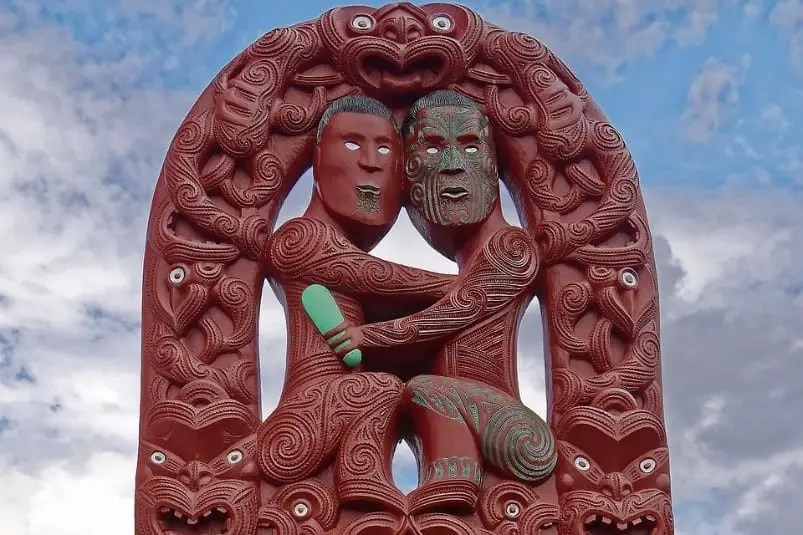
Image Courtesy of pixabay.com
Myths, legends, the art of storytelling, as well as paying a tribute to the ancestors all play a key role in Maori culture.
What’s more, various motifs used in traditional Maori carving are mystically representing different mythological creatures.
One amazing motif used in traditional Maori carving is the manaia.
The manaia can be depicted in many forms, some of which include a human figure in profile, a bird, or a serpent. Sometimes, the manaia is represented as having the body of a man, the tail of a fish, and the head of a bird.
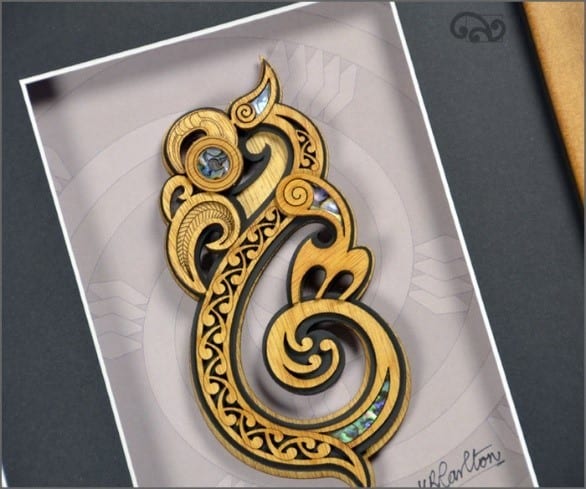
But most importantly, the manaia is seen as a mighty guardian against the forces of evil.
According to the traditional Maori beliefs, the manaia is the messenger between the realm of the spirits and the earthly world of mortals.
Beautifully, spirituality weaves through the art of Maori wood carving. It flows through the artwork of the gifted Maori carvers of the new century just like a golden thread that is interlaced by the sacred power uniting all living creatures in the world: the invisible, wise, and vital energy of the Universe.
“Ehara i a te rākau te whakaaro, kei ā te Tohunga tārai i te rākau te whakaaro – It is a carver, not the wood that has the understanding – If you forget your ancestors, you too are forgotten”
